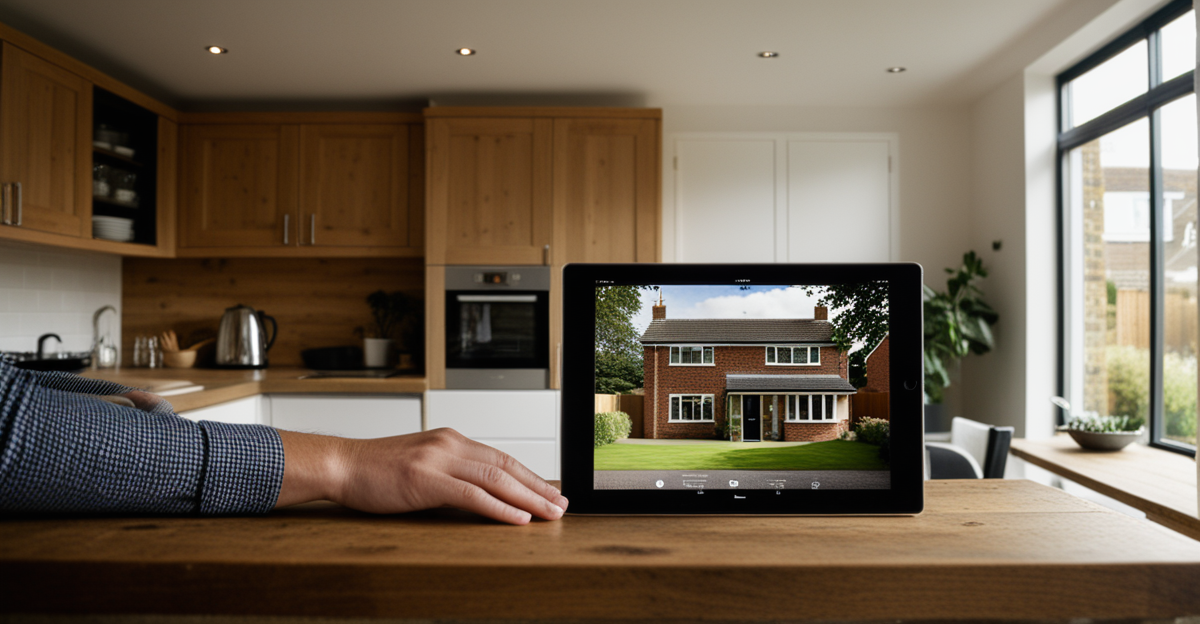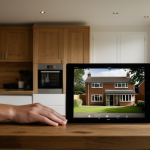Essential Principles for Maximising Space in UK Homes
Making a small UK home feel spacious starts with understanding common layout challenges, such as narrow hallways and limited rooms. These typical constraints require practical approaches to maximise space effectively.
Decluttering is crucial. Removing unnecessary items opens up visual and physical space, creating a less cramped environment. Pair this with multifunctional spaces, where a single area serves multiple purposes, such as a dining nook doubling as a workspace. This approach helps small UK homes adapt without overcrowding.
Topic to read : How Can UK Homeowners Reduce Energy Costs Efficiently?
Psychological tricks also play a key role in making a small home feel spacious. For example, keeping furniture proportionate to the room prevents overwhelm. Light, neutral colours enhance openness, while arranging furniture to maintain clear sightlines encourages a sense of flow. Even minimal decor can be impactful if placed strategically to avoid visual clutter.
Incorporating these tactics—decluttering, multifunctional zones, and perceptual strategies—can significantly improve how compact UK homes are experienced. This foundation supports more advanced space-saving furniture and storage ideas, setting the stage for further optimisation.
Topic to read : How Can You Transform Your Living Space with a UK Aesthetic?
Space-Saving Furniture and Smart Storage Solutions
Small UK homes often demand space-saving furniture that adapts to multiple needs without overwhelming a room. For example, beds with built-in drawers or sofas that convert into guest beds serve dual purposes, maximising space while maintaining comfort. These pieces ease spatial constraints by reducing the need for extra furniture, a common challenge in compact layouts.
Storage ideas for small homes emphasize bespoke solutions like built-in shelves tailored to awkward spots such as alcoves or under stairs. These areas usually go unused but, when smartly furnished, provide essential storage without sacrificing floor space. Custom cabinetry with sliding doors or modular units also help keep clutter concealed, supporting a neat and spacious feel.
UK furniture hacks include combining vertical storage with clever compartmentalisation to optimise limited wall space. Integrating shelves above doorways or using stackable boxes inside cupboards enhances functionality. Employing multifunctional furniture and targeted storage not only makes a small home feel spacious but also promotes efficient living by leveraging every nook and cranny. This combines style with practicality, crucial for everyday UK homes fighting space limitations.
Essential Principles for Maximising Space in UK Homes
Understanding typical challenges in UK home layouts is the first step to make a small home feel spacious. Narrow corridors, limited natural light, and compact rooms require purposeful design choices. Addressing these challenges involves practical small UK home tips such as decluttering—removing excess items that visually and physically crowd spaces. Decluttering instantly opens up rooms, providing a more breathable environment.
Multifunctional spaces are vital for maximising space efficiently. A single room that serves multiple purposes, like a study area within a lounge or a dining corner doubling as storage, reduces the number of discrete zones needed. This approach helps to avoid overcrowding, especially in small UK residences where every square foot counts.
Psychological tricks also enhance how spacious a home feels. Keeping furniture appropriately scaled avoids overwhelming a room. Employing light, neutral colour palettes on walls and furnishings reflects more light, visually expanding areas. Arranging furniture to sustain clear sightlines promotes a sense of flow, helping rooms feel connected and open. Together, these principles offer effective, accessible strategies to transform compact homes into inviting, spacious environments.
Essential Principles for Maximising Space in UK Homes
Making a small home feel spacious requires tackling unique challenges found in typical UK home layouts, such as compact rooms and narrow corridors. These constraints mean homeowners must carefully apply small UK home tips to maximise space without sacrificing comfort.
One of the most effective principles is decluttering. Clearing out unused or unnecessary items reduces physical and visual crowding. This step alone can dramatically open up a room, giving a greater sense of breathing space.
Beyond decluttering, integrating multifunctional spaces helps utilise every corner efficiently. For example, a kitchen counter might double as a workspace, or a guest room can convert into a study. Such adaptations reduce the need for extra rooms or bulky furniture.
To truly make a small home feel spacious, psychological tricks come into play. Choosing furniture scaled to the room’s size avoids overcrowding. Using light, neutral colours reflects light and visually expands areas. Additionally, arranging pieces to maintain clear sightlines encourages flow and continuity, significantly enhancing the perception of space.
Together, these principles provide a foundation to maximise space in small UK homes, balancing practicality with visual openness.
Essential Principles for Maximising Space in UK Homes
Small UK homes face unique challenges like narrow halls and compact rooms that demand smart solutions to maximise space effectively. To make a small home feel spacious, it’s essential first to address physical clutter. Decluttering removes unnecessary items, which instantly frees up both visual and usable floor areas. Without this, even the best arrangements feel cramped.
Another key strategy involves designing multifunctional spaces. This means creating areas that serve several purposes—such as a living room doubling as a home office or a dining nook with extra storage. Maximising space with multifunctional zones reduces the need for excess furniture and overcrowding.
Psychological tricks further enhance spatial perception. For example, choosing furniture scaled to the room’s size prevents overwhelming the space. Light, neutral colour schemes reflect light and create openness. Arranging furniture to keep clear sightlines encourages flow, helping rooms appear larger and more connected. These techniques, combined with decluttering and multifunctional design, provide effective small UK home tips to transform compact homes into inviting, practical living areas.









